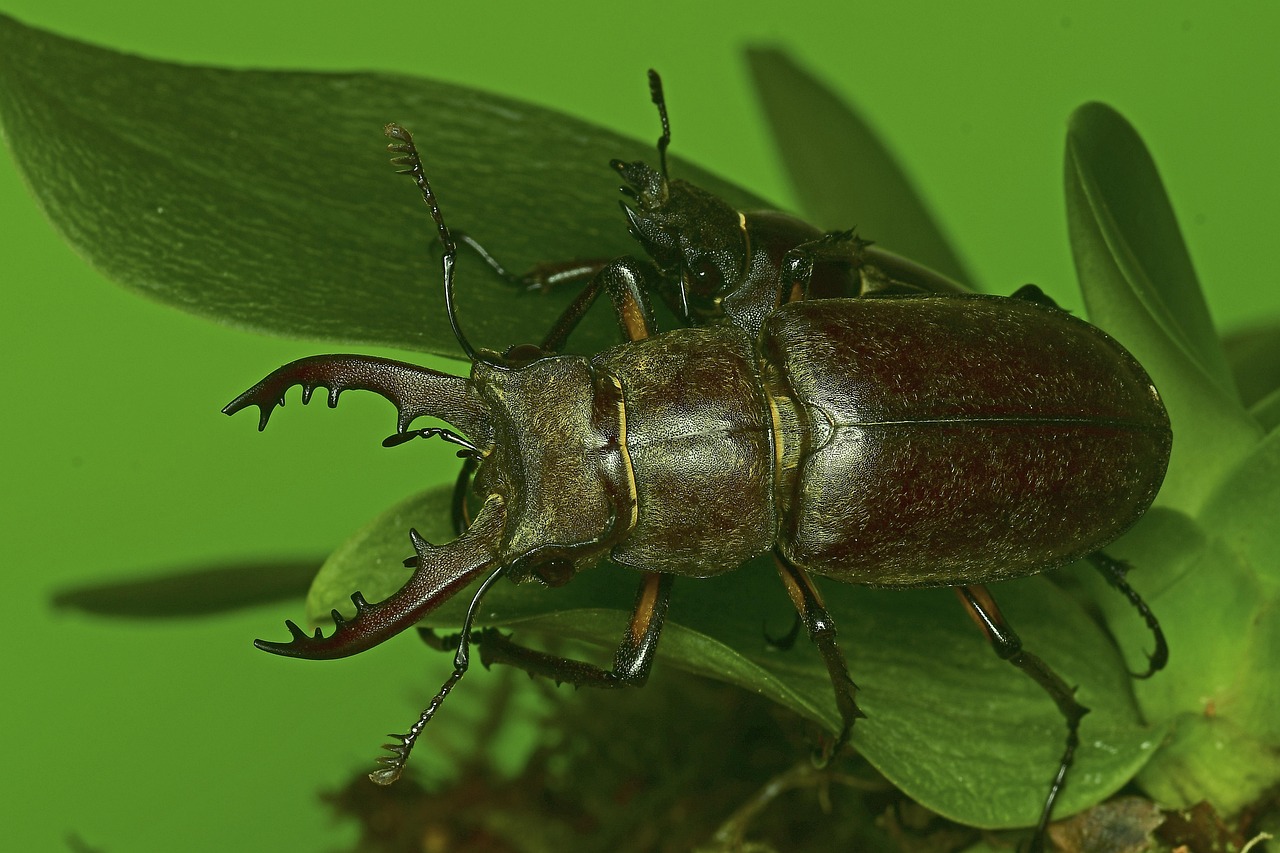Join us for the following insightful talk! Choose a £5 contribution at the door, or enjoy the full program freely with a membership.
Please arrive 15 minutes before the scheduled start.

- This event has passed.
Stag Beetle Month!!

June marks Stag Beetle Month in the UK, a period when these impressive insects emerge from their underground pupal chambers to fly at dusk in search of mates. This annual event raises awareness of their life cycle, habitat needs, and conservation status, encouraging people to spot, record, and protect them.
5 Interesting Facts
Antler-like Mandibles: Male stag beetles (Lucanus cervus) can measure up to 7.5 cm from the tip of their jaws to the end of their bodies. Their enlarged mandibles resemble deer antlers and are used in non-injurious “wrestling” contests to flip rival males off logs or branches.
Remarkably Long Larval Stage: After eggs are laid in decaying wood, larvae feed on rotting stumps and fallen logs for 3–7 years, growing slowly through several instars. Only after this lengthy development do they pupate and emerge as adults.
Short Adult Lifespan: Once they transform, adult stag beetles live for just a few weeks. They typically fly on warm, humid evenings from late May through July, relying on energy reserves built up as larvae and sometimes feeding on tree sap, nectar, or overripe fruit.
Dependence on Deadwood: Ideal habitats include deciduous woodlands, hedgerows, parklands, and gardens with ample deadwood—old stumps, fallen branches, and log piles. Without suitable rotting wood, larvae cannot develop, making even small piles of decaying timber crucial.
Protected but Declining: Stag beetles are a UK Biodiversity Action Plan priority species and are legally protected from sale or harm. However, numbers have declined by nearly half since the 1960s due to loss of deadwood, urbanisation, and light pollution.
By leaving logs to rot naturally, creating “log piles” in gardens, and recording sightings during June and July, you can help ensure that future generations continue to enjoy one of Britain’s most fascinating beetles.
If you see one you can take part in the Great Stag Hunt…